RMI Expeditions Blog


Our day started with a 7am wake-up call, followed by hot coffee, eggs and some of the best papaya we'd ever had. While we enjoyed our breakfast, we took in the view, as Popocatepl put on a show for us, spewing large clouds of ash and smoke into the morning sky.
We finalized our packing, loaded our gear into the van and headed to the trailhead to start our hike to high camp. The team did a great job, arriving at high camp in good spirits and in good time. After setting up tents and getting moved in, we all took a well deserved break before coming together for dinner. Once we'd had our fill of soup and quesadillas, we discussed our plan for tomorrow's ascent, said good night and headed to bed.
Wish us luck as we head out tomorrow for our hopeful summit of Ixtaccihuatl!
Posted by: Mike King
Categories: Expedition Dispatches Torres del Paine

We finished our last day of hiking with the big packs. Last night was a windy and wet night down near Lago Nordenskjold. The Dones flexed, the tents shook and the trees thrashed about. For an area so infamous for stormy weather our team has lucked out. We hung out at the Refugio until the rain stopped and sunshine appeared. The winds would stay with us all day as we walked 14 km to Refugio Torre Central. The trail was a running creek at times and aside from some rocky bluffs to walk up and descend we cruised in just as the rain started back again. There is a lot of new snow up high and aside from watching some harriers play in the gusting wind the coolest views were the white caps and walls of wind blown spray moving like clouds across the lakes. Tomorrow concludes our 9 day trek of the “O” and “W” circuits. We’ll head out early to see the actual towers that gives this park it’s name and then head for Puerto Natales.

After a nice long night of sleep to recover from our acclimatization hike, the Mexican Volcanoes team was up bright and early this morning to move toward our first objective- Ixtaccihualtl.
This climb will be a multi-day process, but we are already in a good position. Tonight the team is staying at the Altzomoni Hut at 12,700ft. We spent the evening packing for tomorrow, enjoying carne asada tacos and watching the sunset on the volcano across the valley.
Everyone is excited for the climb and looking forward to getting higher on the mountain tomorrow.
Wish us luck and thanks for following along.
On The Map

By Geoff Schellens
Climbing big mountains is all about cardio, endurance, and strong legs, right? Wrong. While these are important areas to focus on during training, our core is easily overlooked. Our core connects our upper and lower body and is a vital part of stabilization when climbing. Carrying heavy packs on our backs, moving through uneven terrain, avoiding injury and maximizing efficiency are just a few examples of the need for a strong core. Below are five exercises for climbers that encompass our entire core: specifically the transversus abdominus (the cylinder providing stability) not just our rectus abdominus (that sexy six pack). Do these exercises slowly and with proper technique; please don’t risk injury forcing another rep. I recommend doing this routine two to three times a week and bumping up to four to five times a week after a month or more.
First, identify your core muscles and engage these. Lie down on your back and place your fingers 1 inch from the rim of your pelvic bone in towards your center. Push those muscles upwards. Those are your stabilizing core muscles.
Plank and Side Plank: Hold a push-up position with toes on the ground, legs together or shoulder-width apart, and hands on the floor directly under your shoulders. Engage your core and hold it. It is called “plank” for a reason; don’t let your back or hips droop or your butt rise up. At some point you will probably start shaking and it will become exponentially more difficult: hold it just a little longer. I keep a stopwatch on the floor in front of my face and try to hold the plank position 10 seconds longer each time. Keep your face relaxed with calm breathing. You can build up to forearm plank (instead of on your hands). Side plank is the same but rotate your body 90 degrees so you are facing the wall (or mirror). Remain lifted on one straight arm and the outside of the same foot. Keep your hips high: most likely you will droop towards the floor. If at first it is too difficult to keep your hips up with your legs straight, bend to your knee the leg closest to the floor. Don’t forget to get both sides.
Wood Chop: This is a great one for strengthening many of the smaller muscles in your core including some in the lower back. Start with a small weight (i.e. a full Nalgene water bottle), you can add weight later after you build technique. Stand with your feet shoulder-width apart and the weight about six inches to the left of your left foot. In a controlled movement, lift the weight with both hands across your body ending with out-stretched arms high above your right shoulder. Control the weight back to the starting point and repeat. I go for 25 reps on each side and add weight after a few weeks.
Russian Twist: Sit on your butt with knees bent, feet hovering a few inches off the ground, and a straight back angled slightly away from your knees. Again start with a light weight and add more later. Hold your weight, a Nalgene or a small medicine ball, with both hands and in a controlled movement twist your torso to touch the weight to the floor on your left side then slowly twist to touch the weight to the floor on your right side. Start with reps of 25 and go from there.
Toe Touches: Lie on your back. With your legs together, lift them straight up, feet flat as if trying to stand on the ceiling. Take your two peace sign fingers together and cross your left fingers to the outside of your right foot. Come back to center, then cross your right fingers to the outside of your left foot. Keep moving back and forth with control. Start with 15 reps/side. The goal is to keep your shoulders off the floor and your legs & feet stationary.
Bicycle: Start with your back flat on the ground knees at 90 degrees above your hips and feet in the air. Your hands will be behind your head with elbows pointing to the sides. Extend your left leg out so the foot is about six inches off the ground and bring your left elbow to your right knee. Again don’t strain yourself: this is a slow and controlled, twisting crunch. Now bicycle your right foot out and bring your left knee up as you crunch your right elbow to this knee. The goal is to bring your elbow to your knee (not vice versa). Start with 20 reps and add more as you go.
These are five of my favorite core exercises that are easy to do anywhere. Hope you enjoy!
_____
Geoff Schellens is a senior guide for RMI Expeditions, guiding trips around the world. He has extensive experience on Mt. Rainier, in Alaska, the Himalaya, and Antarctica. Geoff is also an AMGA certified Rock Guide. He lives in Bozeman, MT.
Posted by: Mike King
Categories: Expedition Dispatches Torres del Paine

The Team got started from Refugio Paine Grande at 9:30. The weather was cool and windy for the first two hours as we hiked to Campamento Italiano at the base of the French Valley. We ditched packs and grabbed a light lunch and water, then headed up to the British viewpoint. The views of the Horns, Sharks Fin, and surrounding peaks were worth the side hike. A quick descent down to grab packs and a 30-minute walk to the French Domes wrapped up the day. The skies have been grey and the rain has held off until after getting to camp each day so fingers crossed for two more days of hiking.
Hi guys, I had sent a previous message but I don’t think it got through so I will try again. Anyway, this trip sounds like my kind of trip. I’m sure you all are having a great great time. I’m sure you all, by this time, would love a hot meal, A hot shower and a dry bed to sleep in. I’m sure, by this time, Katie will be having withdrawal symptoms from Trader Joe’s and Bloomingdale’s. See you all soon and don’t forget to smell the flowers.
Posted by: Marilyn Freedman on 2/19/2020 at 10:39 am
Hey guys…I’m following you on this blog site. Photos look great. Happy Birthday Michael! Bruce, I hope your foot feels better, and Katie and Matt, hang in there…. Dinner at Arlington Kebob awaits your return!
You’re not missing anything here. Sofar, the US seems to have contained the Coronavirus, Trump is still president, and with the stock market hitting new highs, you have enough money to sign up for another RMI expedition! Have fun.
Posted by: Joyce Freedman on 2/17/2020 at 8:04 pm

Today was an event filled day for the RMI Mexico Volcanoes team. We started out bright and early with a delicious breakfast at Hotel Geneve, followed by a quick drive to our base for the night, La Malintzi. Upon arrival, we changed our shoes, put on some sunscreen and readied ourselves for our first acclimatization hike of the trip. Expansive views of the Tlaxcala region were enjoyed by all as we made our way up the mountain. The team did a great job, making quick work of the ascent trail. After four hours of hiking, we took our last break and started our descent back downhill to where an asado awaited us for dinner. In addition to the above, we also welcomed our last teammate who, due to flight complications, had to catch up with us here. With a full team and all of our luggage in hand, we're ready to head out early in the morning. Next stop, Altzimoni hut!
RMI Guides Eric Frank & Jenny Konway
Great picture of the team love your smile Paul! Looks like you are having fun!
Posted by: Judy Neumann on 2/23/2020 at 6:17 am

We enjoyed a rainy rest day at Refugio Grey. The wind and water on Lago Grey didn’t cooperate for a kayak tour but the time off our feet was appreciated. With only 7 km to Paine Grande we got a later start and walked through the 2011 forest fire scar that provided great views due to reduced vegetation. The trail took us up and down a section of rocky bluffs filled with foxglove and tall grass over 4.5 hours. The winds are usually strong in this section and today was no different. Arriving at Refugio Paine Grande we got glimpses of the main rock formations this area is famous for. High winds, snow and grey skies up high made from some good spectating from within the beautiful and modern hut. Three days remain and we still have a lot of trail to cover and mountains to see. Thanks for following along.
Yesterday was a day that the Team won’t forget for some time. We got a 5:30 am wake up to pack while rain showered down on our tents at Perros Camp. By the time we set off uphill at 7:10 the rain had tapered off but the muddy trail would remain for the next few hours. The group weaved its way through roots and rocks trying to stay out of the calf deep mud.
As we got above tree line the sun had started to illuminate the fresh snow covered peaks above. The clouds stayed high allowing great views of the days previous terrain and the many glaciers surrounding John Gartner Pass. The 1968’ of elevation to the pass consisted of rock trails and snow melt streams. Arriving in the pass at 3840’ the warm up was over and the day’s work was just beginning.
The first part of the descent from the pass was 2,560’ straight down. The trail, if you could call it that is best summed up as a cruel game of chutes and ladders. People use the roots, rocks, trees, ropes and black iron plumbing pipe as handrails. Picking your way down and being cautious to not trip or tumble. With tired legs and a bit of mental fatigue we pulled into Paso Camp.
From Paso Camp at 1280’ we hadmore chutes and ladders terrain that eventually dropped us to Refugio Grey at 500’. To get there we had three impressive suspension bridges that spanned 300’ deep canyons. Along the way we enjoyed spectacular views of the Grey glacier which is one of the arms making up the Southern Patagonia ice sheet. We didn’t all get to camp at the same time, but arrived safe nonetheless to a hot dinner, drinks, showers and a comfy bed.
Aside from sore feet, knees and a few blisters the Team is doing well and enjoying a rainy rest day at Refugio Grey. Boat repairs are keeping us from a Grey glacier tour but there is hope for a kayak tour later this afternoon if the wind dies down.
Apologies for the delay in dispatches, we had poor signal at our last camp and yesterday were busy experiencing this adventure and tough day to concern ourselves with the internet. A huge shout out to Fernando and Francisca our Chilean guides for their professionalism, local knowledge and camaraderie during this trip so far.

We got a casual start from Lago Dickson this morning around 11:15. The hike was about 5.5 hours and the Los Perros camp is in a colder and more humid area. So instead of rushing there we hung out this morning. The hike took us mostly through a dense forest and along side some beautiful glacial rivers with narrow canyons and a nice waterfall view at lunch. Shortly afterwards we began climbing a lateral moraine and got some nice views of the Perros glacier and surrounding peaks. There has not been much direct sunlight this trip and there also has not been much rain. The overcast skies have not made for the best pictures but the temperatures are good for hiking and everyone is enjoying the beautiful scenery.
Tomorrow we head up through John Gardner Pass, the highest point of the trek at 1200 meters.

Our 12 mile hike from Seron to Lago Dickson was an enjoyable day that consisted of rolling hills, tall grass and sporadic forests. We started paralleling the Paine River, “Paine” means blue in the native language. We were moving for about seven hours today, stopping often to take pictures and take in the views of glaciers and mountains that were covered with dark clouds from time to time.
Besides a few birds we didn’t see much wildlife. As we climbed a small hill between two knolls we got a good look at the Dickson Glacier that extends into Argentina and creates Lago Dickson, Rio Paine and Lago Paine. The camp is located on a large flat that has nice river access, large trees to act as a wind break and great mountain vistas.
We continue to eat well, have fun conversations with in our team and other hikers. Once at camp the charcuterie board and vino appeared and our team enjoyed some showers, time in the sun and kicking a soccer ball around. The dinners have been good, a salad, soup, meat and rice typically. Tomorrow we walk to Los Perros Camp. Life is pretty, pretty, pretty good out here.



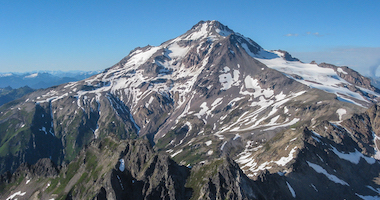


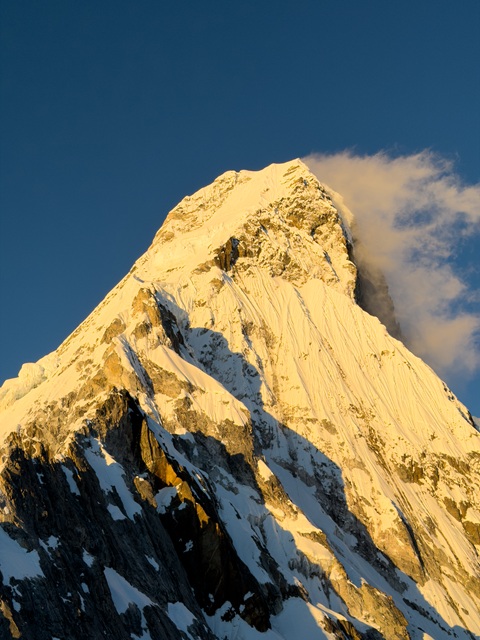
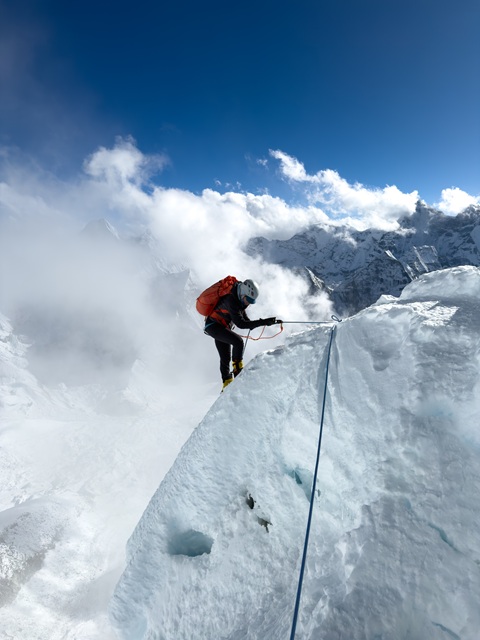
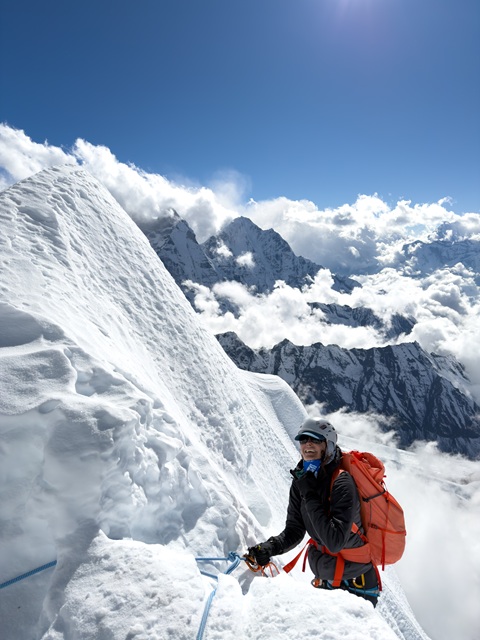
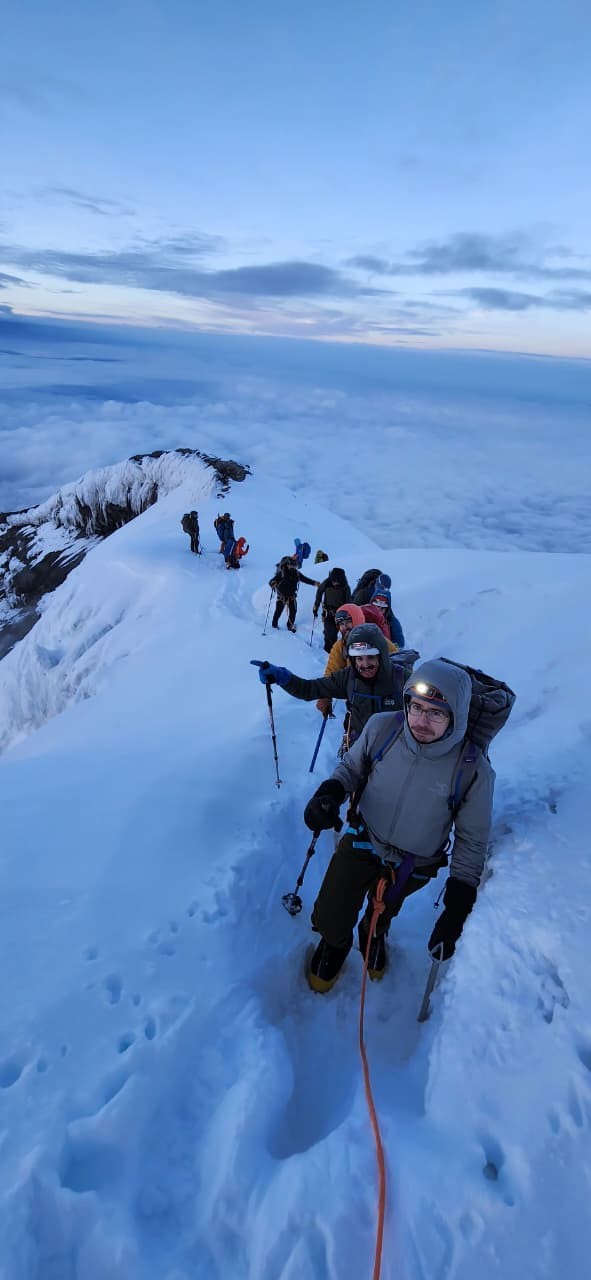
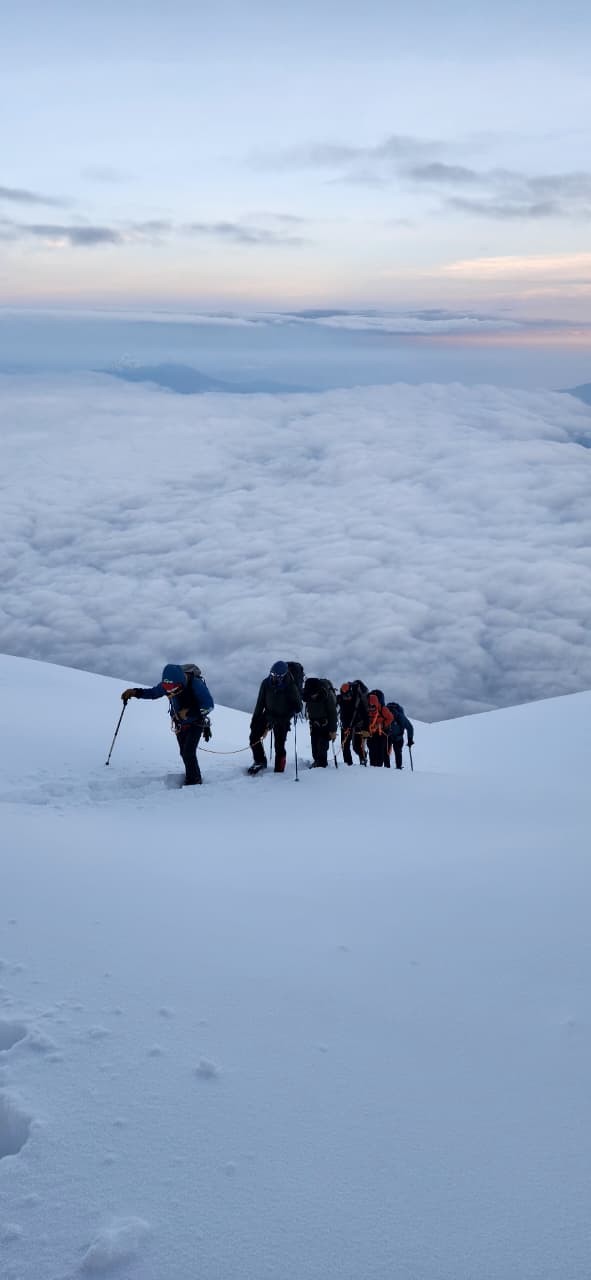
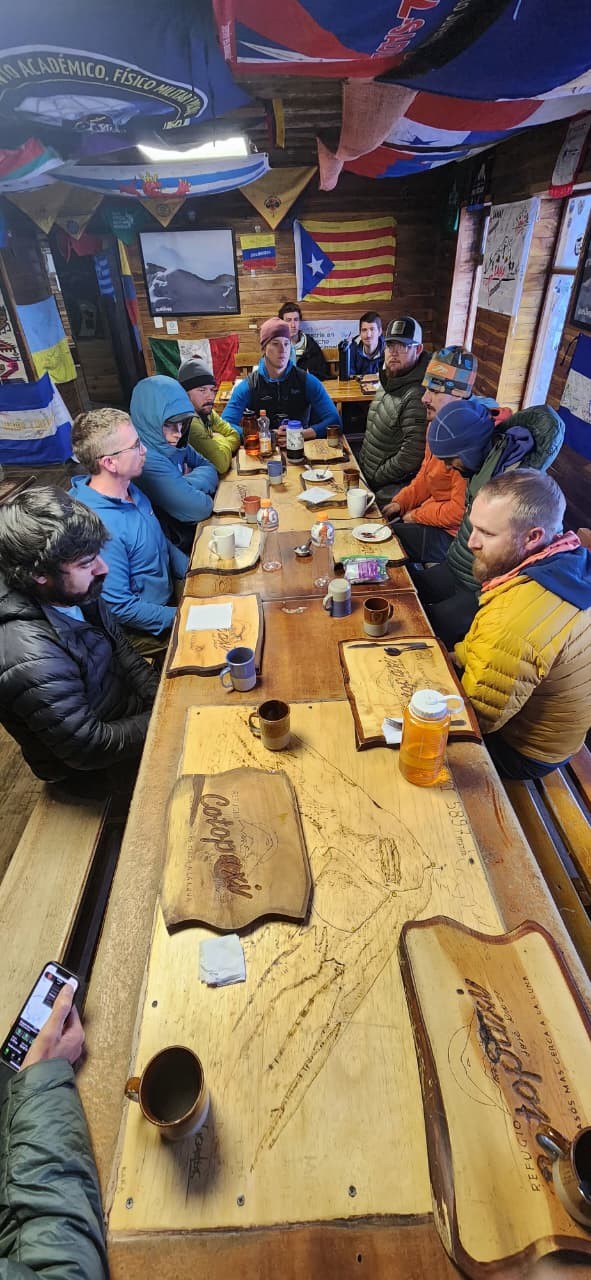
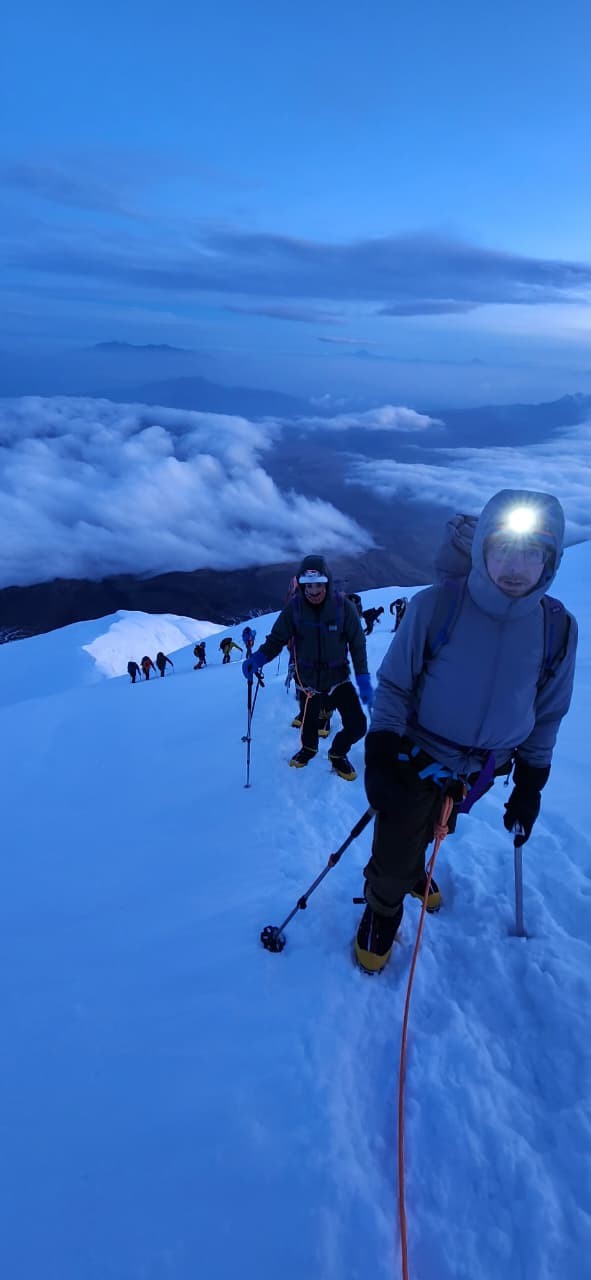
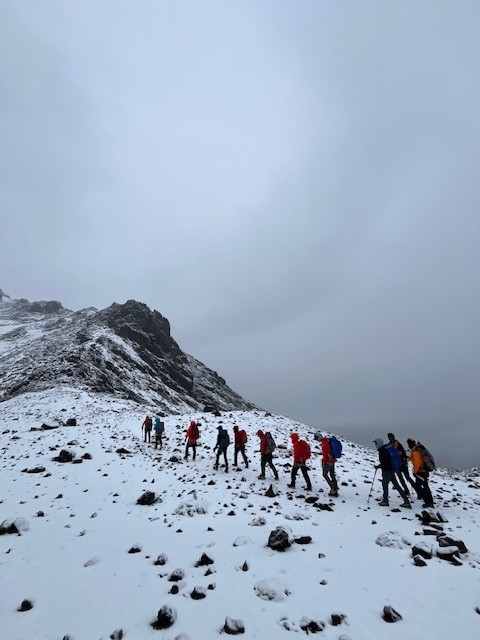
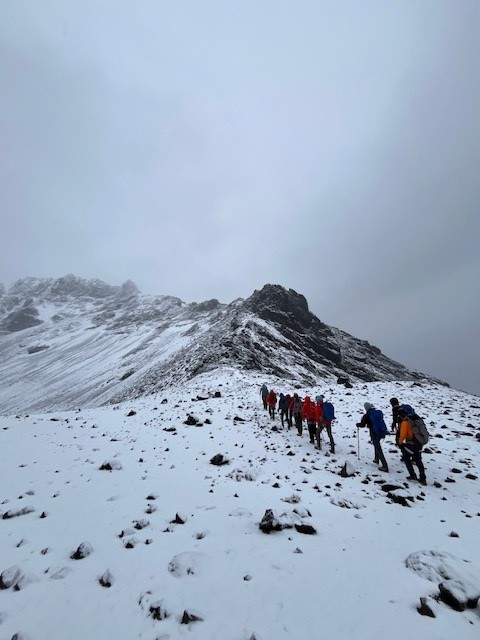
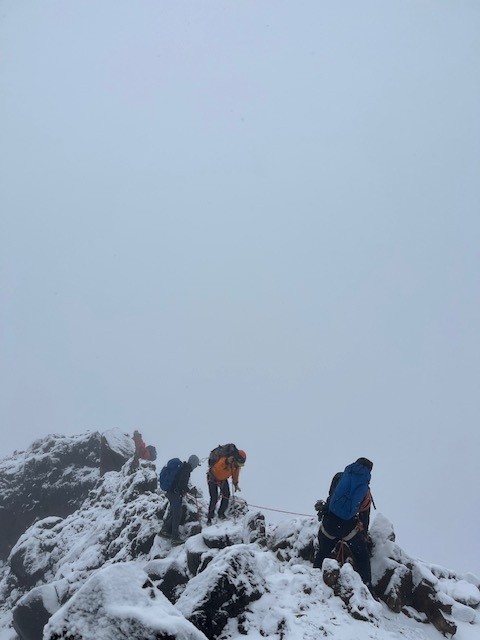
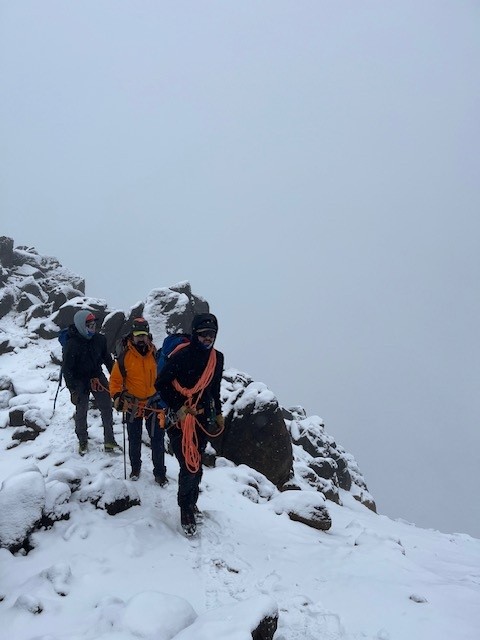
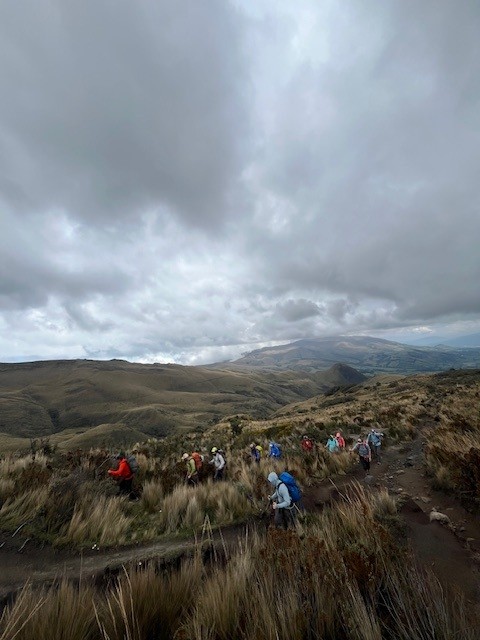
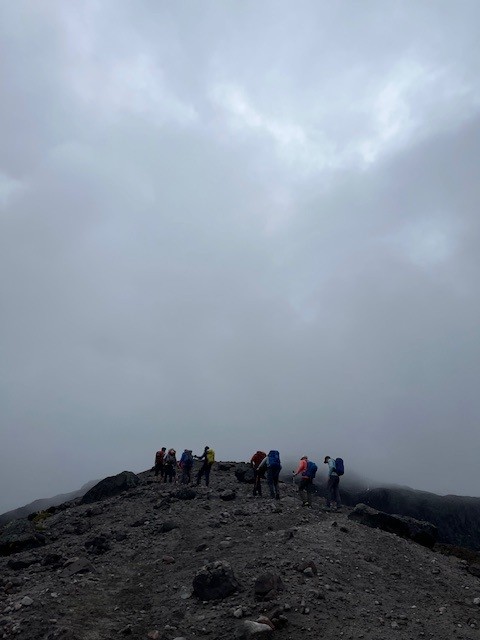
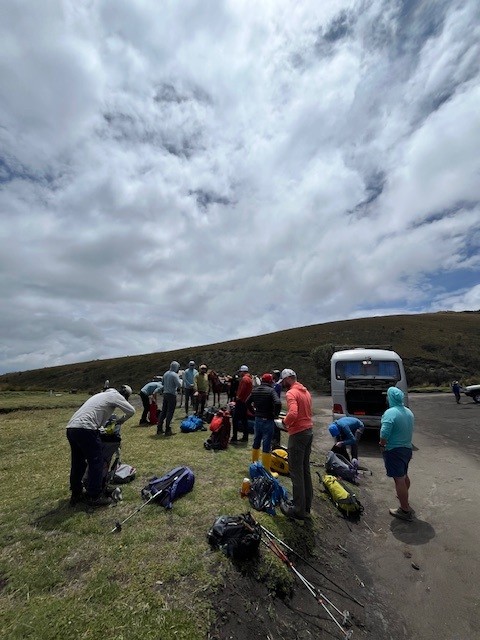
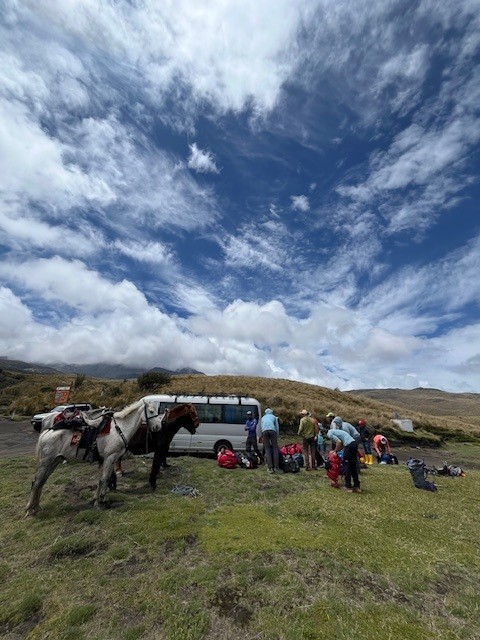
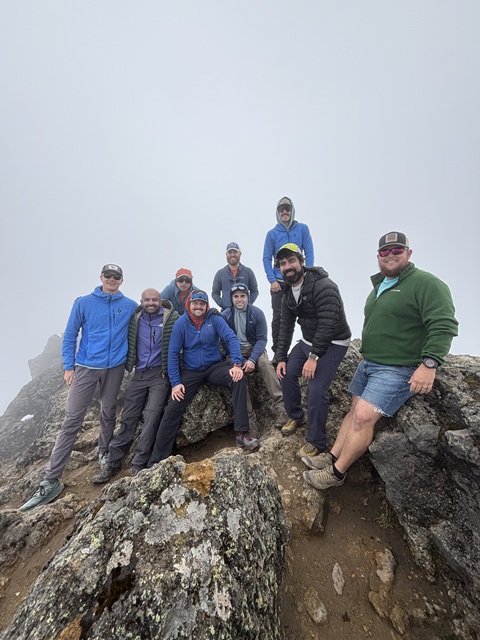
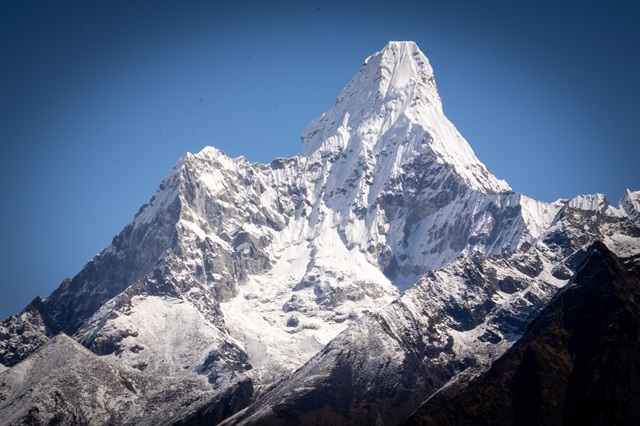
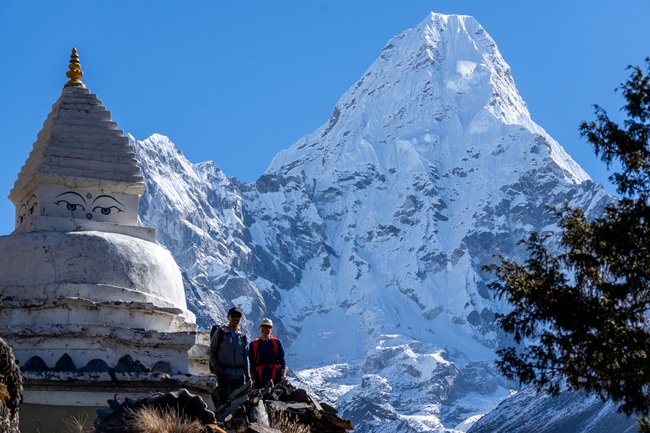
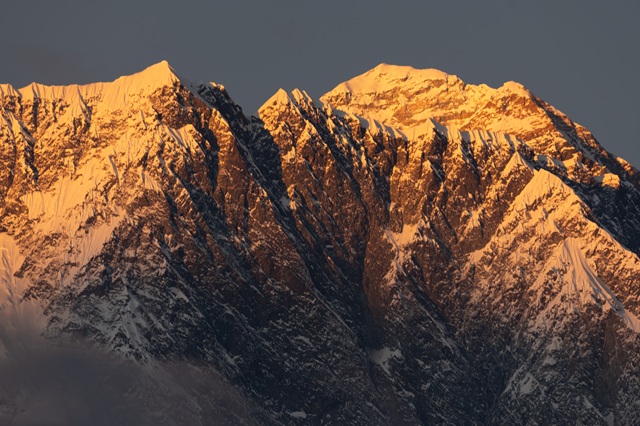
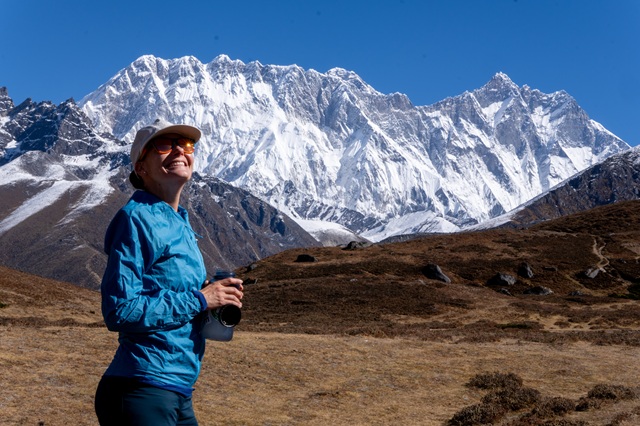
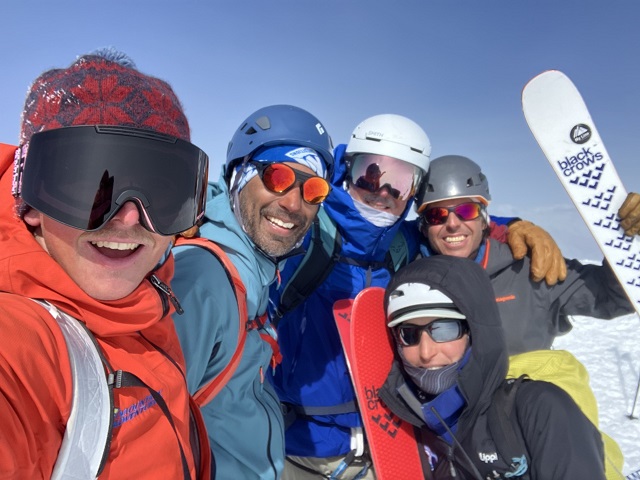
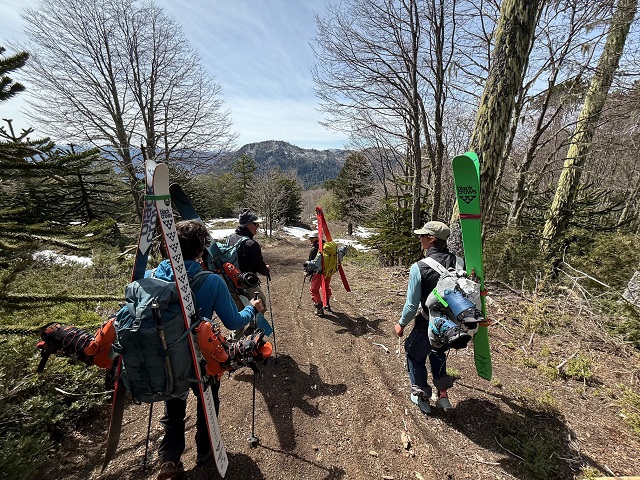
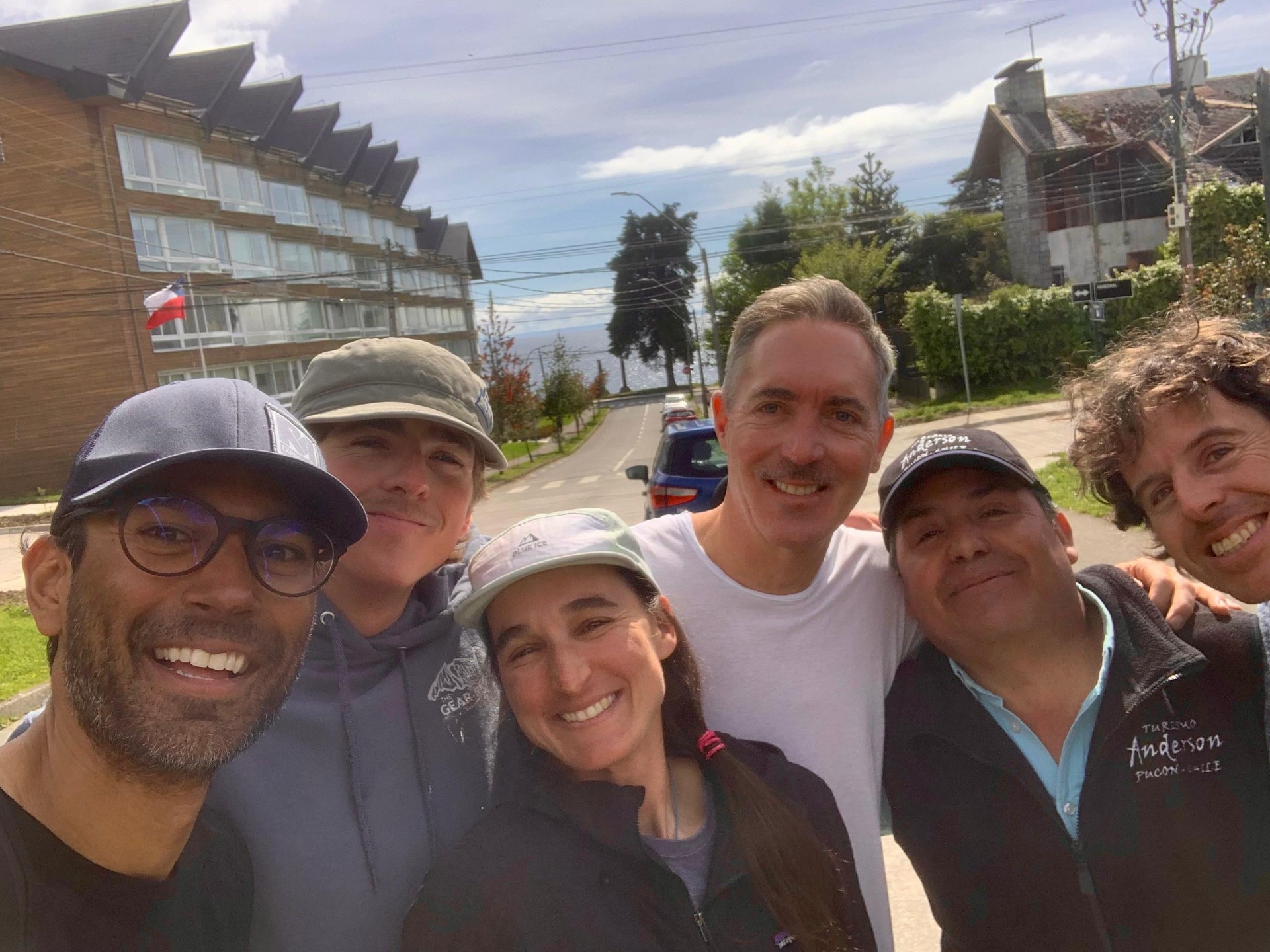
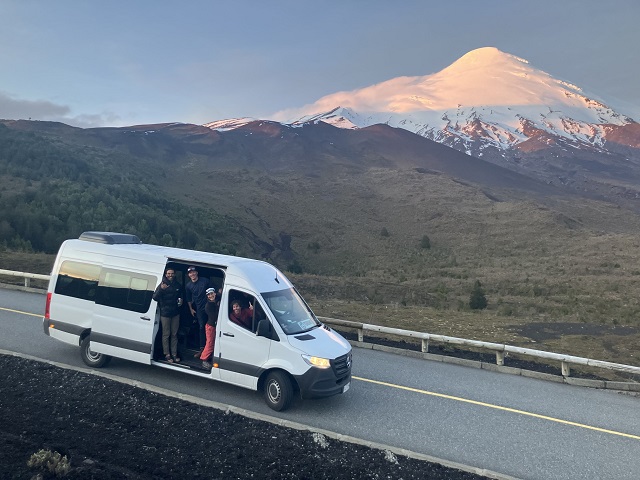
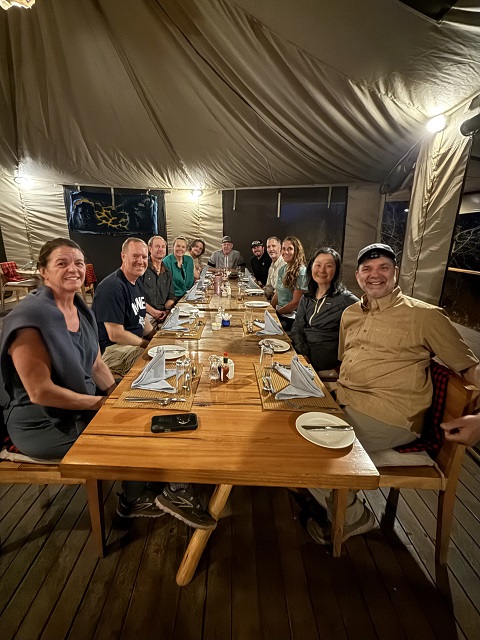
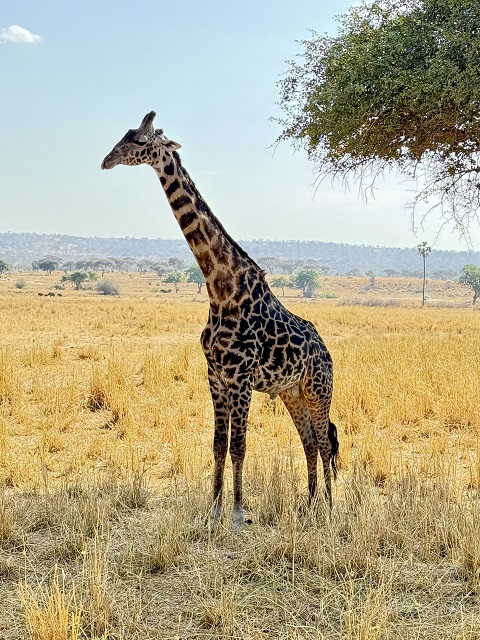






We are all wishing for you excellent weather and a safe and successful journey up the mountain!!
Posted by: Jean LeTellier on 2/18/2020 at 5:08 am
View All Comments